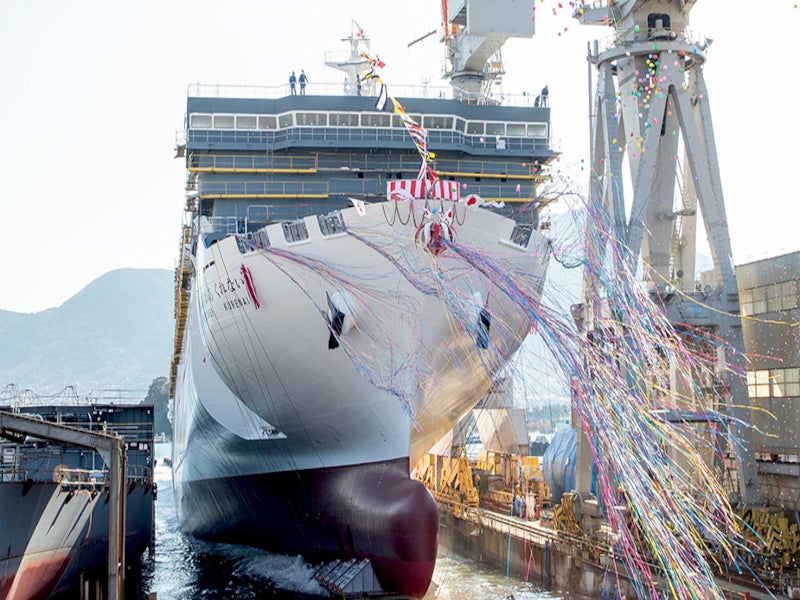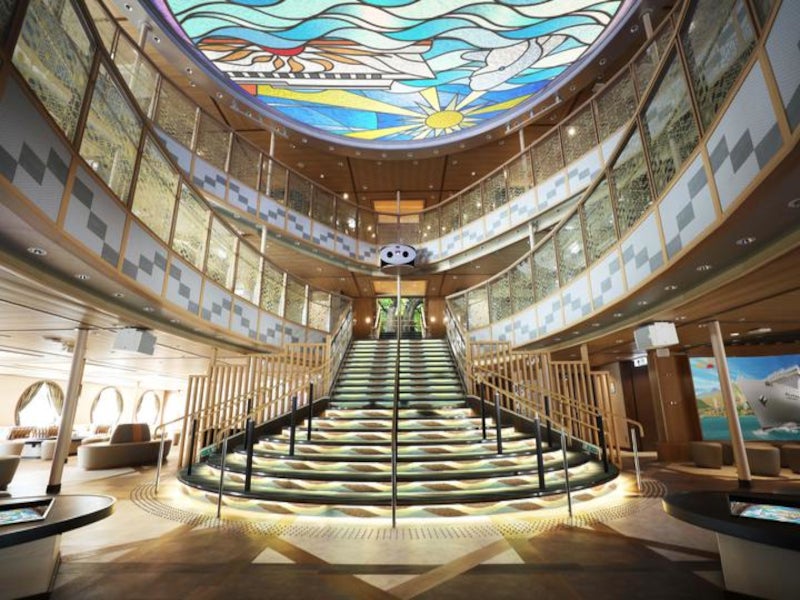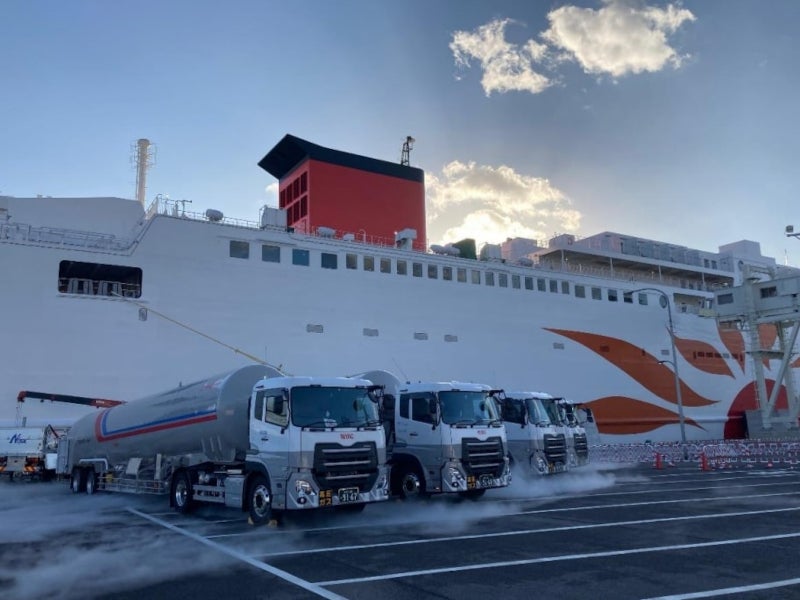Sunflower Kurenai is a liquefied natural gas (LNG)-fuelled ferry that serves the Osaka-Beppu route between Sunflower Ferry Terminal and Beppu International Tourist Port in Japan.
Owned by shipping company Mitsui OSK Lines (MOL) and operated by its subsidiary Ferry Sunflower, it is the first LNG-powered ferry in the country.
The ferry is the first of two LNG-fuelled ferries, announced by MOL in November 2019, that will replace the Sunflower Ivory and Sunflower Cobalt vessels. Sunflower Kurenai will replace Sunflower Ivory on the Osaka-Beppu route. The naming and launching ceremony of Sunflower Kurenai was held in March 2022.
The second ferry, Sunflower Murasaki, is scheduled to enter service in April 2023. MOL plans to introduce two more new LNG-fuelled ferries by 2025, which will replace the vessels currently operating on the Oarai-Tomakomai route.
Sunflower Kurenai is the first ferry in Japan to feature cutting-edge technologies and environmentally-friendly features. The use of LNG fuel is expected to reduce carbon dioxide (CO₂) emissions by about 25% as well as sulphur oxide emissions by approximately 100%. The ferry also received a five-star rating in the ship energy conservation rating system of the Japanese Ministry of Land, Infrastructure, Transport and Tourism.
Design and features
Sunflower Kurenai’s design is based on MOL’s Ishin LNG ferry, which has a streamlined shape and aerodynamically rounded bow that can use diagonal headwinds to propel the vessel. It also uses MOL’s Casual Cruise Concept, which allows passengers to enjoy a high-quality cruise on a regular schedule and route.
The ship features open public areas, including an atrium structure spread over three levels. The atrium’s large fan-shaped staircase provides an inviting entrance to guests. Traditional Japanese designs, inspired by the Kumiko pattern found in Japanese crafts, have been incorporated into the handrail panels as well as the suite rooms. The atrium ceiling can be projected with mapping using the EPSON projector (EB-L30000U, ultra-short focus lens ELPLX03) installed on the ferry.
Compared to previous ferries, the new ferry provides more transport capacity and convenience for both cargo and passenger transportation. It has a passenger capacity of 716, truck loading capacity of 137 13m trucks and speed of 22.5k.
In addition, new technologies, such as an energy-saving device developed by shipbuilder Naikai Zosen, have been incorporated to further reduce CO₂ emissions.
Accommodation and amenities
Accommodation options on the ferry include Suite, Deluxe, Superior, Private, Standard Single and Group Japanese-style rooms.
The Suite category includes the Connecting Suite, which combines the Japanese-Western style Connect room and Semi-suite Connect room, as well as the Suite, Suite barrier-free and Semi-suite rooms. Introduced for the first time on a long-distance ferry, the Connecting Suite connects one western-style room and one Japanese-style room, which are otherwise separate. It is a convenient choice for multiple generations, including children and elderly.
The Deluxe category includes the Connecting Deluxe, combining the Deluxe Connect and Semi-deluxe Japanese-style connect, as well as the Deluxe western style, Deluxe Japanese style and Deluxe with pet rooms.
The Superior category includes Superior Single and Superior Twin rooms, while the Standard Single is a private room for one person.
The Private category includes Twin, Single Twin and Single rooms, as well as the shared Bed room for multiple people and private Bed Group room for up to four people.
The ferry’s amenities include a public bath, with a floor area double the size of the bath on the current ship, as well as a restaurant with 1.5 times more seats. MOL has also introduced a café lounge for guests staying in the highest-grade suites on the eighth floor of the ferry.
The ferry includes a kid’s corner, baby care room and restroom for women.
Furthermore, it includes private and comfortable rooms for truck drivers.
Sunflower Kurenai propulsion
Sunflower Kurenai is equipped with a high-performance, low-emission dual-fuel four-stroke Wärtsilä 31DF engine, which is designed to operate on LNG as well as heavy fuel oil. The engine provides a power output ranging between 4.6MW and 9.6MW at 720rpm and 750rpm, respectively.
The ferry is also equipped with dual-fuel 8EY26LDF engines to power on-board generators. The engines have a rated power of 1,730kW.
Contractors involved
Japan-based shipbuilder Mitsubishi Shipbuilding was engaged to build the vessel under an order placed in December 2019.
Flux Design president of design services Tomoyuki Watanabe was appointed to design the ferry’s interiors.
Kyushu Electric Power signed a fuel supply agreement with MOL for the ferry’s LNG fuel in December 2022. The agreement also includes the LNG supply for Sunflower Murasaki, once it enters service in 2023.
Marine and energy technology provider Wärtsilä was contracted to supply a complete LNG package, including Wärtsilä 31DF engine, gearbox, and LNGPac storage, supply and control systems, for the two new ferries in May 2020.
Based in Japan, diesel engine and heavy machinery company Yanmar was awarded the contract to supply dual-fuel engines for the generators in September 2020.




